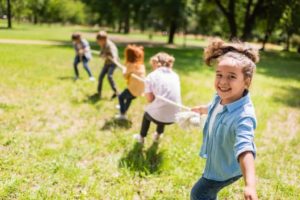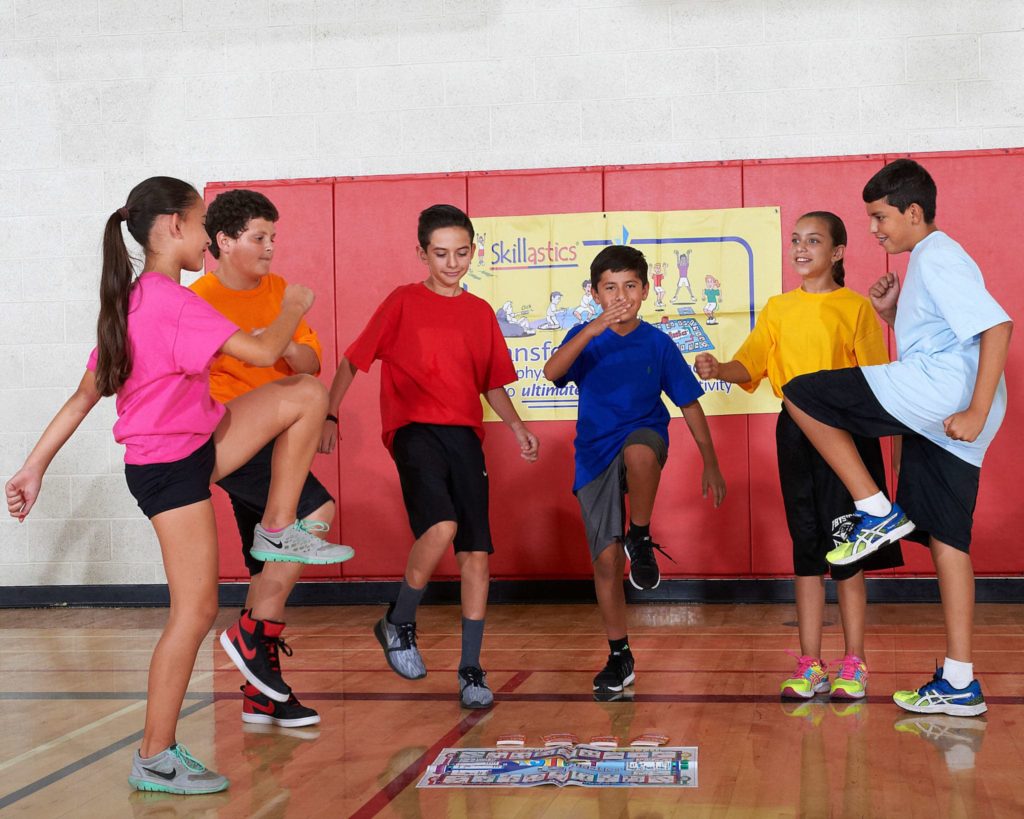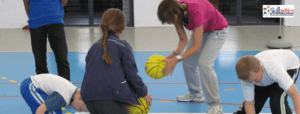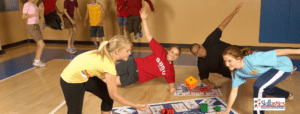Exercise takes many forms, but for students, the best option is a group exercise. There is no argument against solo activities and lone forms of exercise, like weightlifting or exercise machines, for contributing to health, but they lack an important ingredient for youths: external motivation and affirmation.
For students, there are often internal struggles to feel validated or good about themselves. Any activity that gives them more self-respect is a huge plus. When students participate in group exercise, they gain more of the building blocks for self-esteem.
Classes or teams in which students exercise together create significant benefits for students’ social, emotional, and physical needs. The group exercise is more likely to push them further than they would imagine possible, allow them to feel a greater sense of purpose, and further develop their potential.
Why Group Exercise
Watching another person accomplish the same activity that you’re doing is motivating if you fall behind or affirming if you are keeping up. Exercising in a group provides instant feedback that keeps you engaged and focused.
When a group of people exercises together, it forms a community in which each individual shares the same goal: to achieve the activity. How and the ways in which each accomplishes the goal varies, but those variations are the important aspects of group exercise because they set examples others can learn from.
Effects Of Group Exercise
Exercising in a group helps students believe more in themselves and their abilities. The following are just a few of the key ways that group exercise strengthens self-respect:
 A Competitive Edge
A Competitive Edge
Competition gets our blood flowing, meaning we push ourselves harder when we compete. There’s an inherent desire to win driving us during a competition, and it causes us to rev up mentally and amp up physically; we rise to the challenge.
When students exercise in a group, they tap into this inner drive that makes them want to best an opponent. They see a peer excel, and they want that for themselves. There is an inner push to strive harder when they compare their progress to another’s.
This competitive edge can be healthy when initiated properly. Students work harder because they want to test themselves, push past their boundaries, and achieve more based on a comparison of ability. In a group, students see each other’s skills, understand the possibilities, and strive for this higher benchmark. They put more faith in themselves and their ability.
 Source Of Inspiration
Source Of Inspiration
There is nothing more contagious than a mood, good or bad. People can spread feelings faster than the flu, and in a group setting, students can benefit from the positive influences of others who feel good during the activity. Just as one bad apple can spoil it for the bunch, the opposite is true; one inspiring, enthusiastic participant can raise the moods of others and bring everyone’s spirits up.
When we reach a low point in our physical ability, whether we’re out of breath or feeling the strain from pushing ourselves, it’s so tempting to let go and give up. However, seeing another’s energy and high-level enthusiasm can inspire us to keep going. Their energy resonates within us, and we feel just as pumped as they do, allowing us to revive and push through.
Students who work together in a group can help one another with flagging spirits or low-energy moments, sharing a communal feeling of achievement so that there is reason to keep going when they are tempted to quit. They develop their potential and learn to believe in themselves.
 Sense Of Belonging
Sense Of Belonging
In a group physical activity, students learn to work together and negotiate their space, giving them a better understanding of themselves within a bigger picture. Participating in physical activity bonds the participants through shared efforts and a mutual goal. They are in this together!
That feeling of a community against the odds or toward an achievement creates a real sense of purpose and belonging. For students, working in groups gives them a sense of place and membership, key ingredients for self-esteem building.
The more students feel like they belong to the group, the more they invest and work to stay with the group. They will participate better, care more, and work harder when they feel that the group matters to them—and that they matter to the group. They discover their worth and value themselves.
Benefits Of Group Exercise
Students who exercise in a group are more likely to feel better about themselves and stick with the activity. When they participate with others in an activity, there is a greater sense of accountability to the group and themselves. This accountability is a key building block for self-respect because it helps students appreciate themselves in relation to the group and care about themselves and others.
About the Author
Sandy Slade is the CEO & Founder of Skillastics®, the #1 on-site and virtual physical activity resource for groups of children of all sizes. The on-site programs are designed around Skillatsics Activity Kits. These Activity kits include an innovative technique of play, executed on an oversize mat, where up to 100 children can play at one time.
The virtual programs provide students with an amazing variety of physical activity experiences that consist of 30 days of content lasting 30-40 minutes a day taught by national experts.
Skillastics® is enjoyed by over 10 million students in more than 25,000 Physical Education and After School settings nationwide.
For more information, email info@skillastics.com or check out www.skillastics.com.




